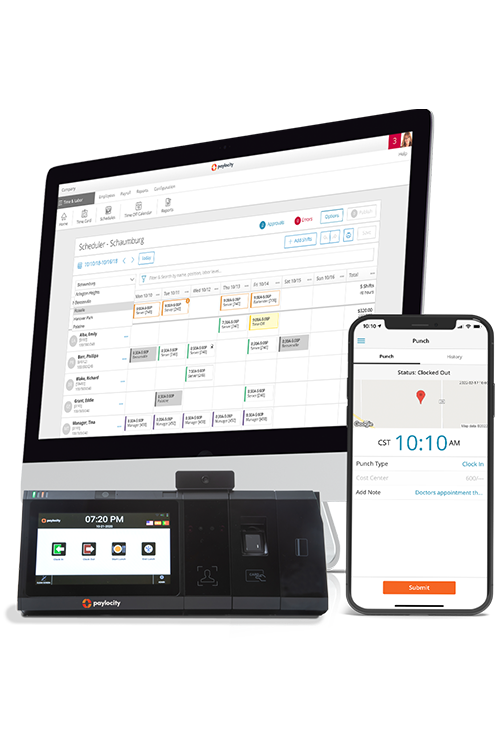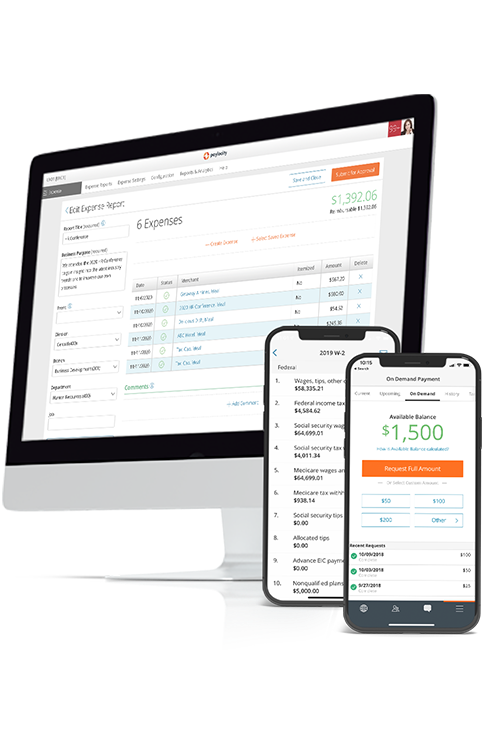Workweek
Summary Definition: A period of seven consecutive 24-hour periods that an employer uses to define the hours an employee is expected to work.
What is a Workweek?
A workweek is a fixed and regularly recurring set of seven consecutive 24-hour periods, during which an employee completes 40 hours of work.
Per the Fair Labor Standards Act (FLSA), the workweek may begin on any day and at any hour the employer chooses, regardless of whether it conforms to a standard calendar week. Employers may choose how to divide working hours across those seven days, and they are allowed to set different workweeks for different groups of employees.
Key Takeaways
- A workweek is any set of seven consecutive 24-hour periods during which an employee is expected to perform their required hours.
- Workweeks don’t have to align with calendar weeks, and employers are allowed to have a workweek start on any day and at any hour they want.
- The FLSA uses the term workweek to set standards for calculating overtime wages.
Importance of the Workweek
Organizations and employers rely heavily on the concept of a workweek, both in terms of employee management and legal compliance. Workweeks help employers both set working expectations with individual employees and organize the operations of their larger workforces. In turn, this sets boundaries for calculating how much pay or time off an employee has earned.
From a compliance perspective, the FLSA uses the term workweek to set standards for calculating overtime wages an employee earns. For example, FLSA requirements mandate overtime to be paid at a rate of one and one-half times an employee’s normal rate for each hour the employee works beyond the maximum 40-hour workweek.
On an individual level, a workweek also helps employees separate their work lives from their personal lives. It sets boundaries and expectations for them as much as their employers and helps workers organize their leisure time each week. Ideally, this helps employees maintain a work-life balance, thus boosting productivity and emotional wellness.
Who Came Up with the Five-Day Workweek?
Henry Ford is commonly associated with today’s five-day workweek, as the Ford Motor Company was one of the first organizations to fully adopt a 40-hour, five-day workweek in the 1920s. It was a move intended to increase productivity, which was mimicked by other companies and industries in the decades that followed.
Legally, however, the standardization of a 40-hour workweek didn’t occur until Congress amended the FLSA in 1940. Previously, the legal limit was 44 hours, but this was later reduced to 40 as a means of combatting unemployment.
Currently, it’s very common practice for the 40-hour limit to be worked in 8-hour shifts from Monday through Friday, but this isn’t legally required in the United States.
Choosing Your Workweek
Mathematically, it’s simpler to start an average workweek while employees aren’t working. This avoids any risk of a standard shift accidentally being grouped into a different week and being reclassified as overtime. Beyond that, employers can organize a workweek to whatever works best for their staff, business demands, etc.
The Four-Day Workweek
An alternative, shorter workweek that only lasts four days instead of five has been widely discussed and studied in recent years. Two common versions of this are to either have employees work 10-hour days instead of eight, thus maintaining their overall workload at 40 hours, or to simply reduce that overall workload to 32 hours.
Amid ongoing four-day workweek studies, the common arguments in favor of the compressed workweek include reduced employee stress or burnout, improved employee morale, and increased customer satisfaction.

